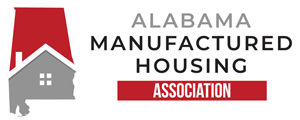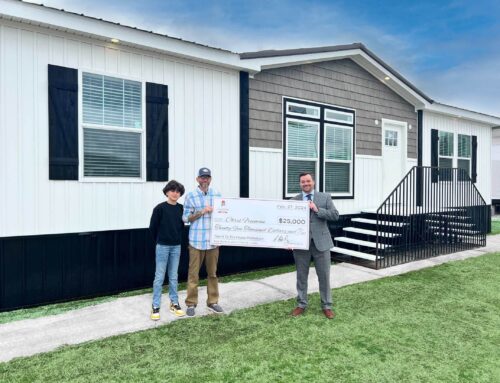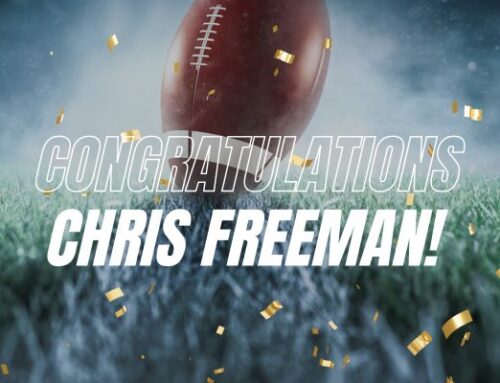
Understanding Wind Zones Related to Manufactured Housing
Manufactured homes are built to withstand strong winds, storms, and other natural elements. Here’s how wind zones protect your family from severe weather.
You have likely read through our previous articles that detail various safety standards for today’s manufactured homes. Each manufactured home must be designed according to the federal Manufactured Home Construction and Safety Standards, commonly referred to as the HUD (U.S. Department of Housing and Urban Development) Code. Part of the HUD Code explains that a manufactured home must be designed and constructed to conform to one of three wind zones.
The wind zone adheres to the design of a manufactured home and is dependent on where the home will be moved and installed after construction. Homes designed and constructed to a higher-load wind zone can be installed in a lower wind zone (for example, a wind zone II home can be installed in a wind zone I or II location). But a home cannot be installed in a wind zone higher than its designated caliber (that same zone II manufactured home cannot be placed in a wind zone III location).
To provide a bit more understanding surrounding wind zones and manufactured homes, we’ve broken down the information below.
What are Wind Zones?
The United States is home to a diverse landscape of climate ranges and weather patterns. Because of the different regions, elevations, and climates, local weather conditions differ from place to place, including how high wind speeds can reach in any given area. To make sure that homes can withstand these varying conditions, wind zones were established.
The U.S. is split into three different wind zones: Zone I, II and III, with Zone I is the mildest and Zone III is the most extreme. Wind zones refer to the maximum wind speeds that can be reached in that area (in miles per hour) as well as the resulting force it applies to structures, measured in pounds per square foot (psf).
However, the actual wind is just one of the factors when zoning a manufactured home. Officials also take the local weather conditions into account as well as the other possible effects of higher winds, such as snow, rain, and extreme weather.
Where Are the U.S. Wind Zones?
Fortunately for many manufactured homeowners, most of the U.S. is categorized under Wind Zone I. Every state throughout the West Coast, Rocky Mountains and Midwest are completely encompassed only by Zone I. In the Southwest, Arizona, New Mexico, and Oklahoma are completely safe as well as the interior states of the North and Southeast. Alaska is also mostly a Zone I state. All in all, about 40 U.S. states fall completely within Zone I. In fact, only one state falls completely out of it.
Wind Zone II can be defined most completely as a thin strip just off the coast that runs from the southeast of Texas along the Gulf Coast and up along most of the east coast (although it skips a few states, such as Maryland, New Jersey and New Hampshire). Additionally, the entire southern half of Louisiana and most of Florida fall in Zone II.
Zone III is by far the smallest of the three wind zone categories throughout the U.S. There are only six states with even a foot in Zone III. A large part of the southern coast of Louisiana and Florida, as well as the complete length of the Alaskan coast, falls within Zone III. The only state that falls entirely into this category is — you guessed it — Hawaii.
Alabama Wind Zones
All counties in the state of Alabama are deemed to be located within Wind Zone I with the exception of Baldwin and Mobile counties, which are located in the bottom left of the state along the Gulf of Mexico and are in the Wind Zone II category.
Manufactured homes are built with wind zones and a multitude of other safety and quality policies at the forefront of their construction. They can’t be produced without adhering to these regulations. Even after the installation of your home, make sure to get your home inspected at appropriate times to ensure everything is in tip top shape such as the anchoring system, which is set and determined based on your location and wind zone.
For more information on manufactured housing safety and standards you can visit the Alabama Manufactured Homes Association website and view the additional resources we provide. If you are ready to find the perfect manufactured home for you, visit our retailer page and enter your zip code to find the nearest manufactured home center near you.






